- Pilot programmes on the use of wCBDCs are on the rise as central banks seek to drive down the cost and enhance the safety of wholesale payments.
- Central banks partnered with select financial institutions to pilot instant, cross-border wCBDC exchanges
- More central banks engage with technology firms in the development of common infrastructure to automate foreign exchange and settlements after encouraging results from trials
Interest and real-world experiments in cross-border wholesale central bank digital currencies (wCBDCs) are on the rise. By bringing multiple currencies and assets into a single system with participants transacting directly, wCBDC pilot initiatives aim to lower cost, speed up settlement and improve transparency.
Notwithstanding the significance of cross-border remittances for Philippines as one of the top five recipients of inbound remittances, Bangko Sentral ng Pilipinas launched a collaboration with the International Monetary Fund to create wCBDC. Bank of Spain is also set to accelerate its wCBDC plans and has invited technology companies and financial institutions to submit proposals to kickstart the initiative.
In a press release, the European Central Bank talks about providing settlement in central bank money for wholesale transactions through infrastructures that are ‘fit for purpose’. With a focus on modernising wholesale settlement infrastructure and services, it is considering how the needs of the users might change and whether new technologies could make settlements in wCBDC more efficient and secure.
The Federal Reserve Bank of New York, in collaboration with the Monetary Authority of Singapore announced Project Cedar Phase II x Ubin+. The second phase looks at enhancing designs for atomic settlement of cross-border cross-currency transactions, leveraging wCBDCs as a settlement asset with connectivity across multiple heterogeneous simulated currency ledgers. Phase I of Project Cedar concluded that using a wCBDC prototype supported by blockchain technology could improve the speed and safety of cross-border wholesale payments.

More central banks are moving towards developing a common or shared infrastructure after seeing the apparent success of several pilot projects. In November 2022, BIS Innovation Hub and central banks of France, Singapore and Switzerland launched Project Marina to explore decentralised finance (DeFi) protocols to automate foreign exchange markets and settlements.
In the future, cross-border automated market maker (AMM) protocols could form the basis for a new generation of financial infrastructures for wCBDCs via multilateral and bilateral currency pools. In contrast to the traditional process of matching buyers and sellers, AMM combines pooled liquidity with innovative algorithms to determine the prices between two or more tokenised assets.
In October 2022, BIS along with central banks of China, Hong Kong, Thailand, and UAE used the Multiple CBDC Bridge (mBridge) platform that deployed 20 commercial banks to conduct payment and foreign exchange (FX) payment versus payment (PvP) transactions on behalf of their corporate customers.
How the pilot creates more opportunities for frictionless and faster cross-border payment experience.
However, one may argue how the mBridge project differs from other wCBDC projects. Unlike others where real value was never transacted, mBridge pilot advances multi-CBDC (mCBDC) experimentation by settling real value directly on the platform, with real implications for a range of policy, legal and regulatory considerations.
Where the pilot differs from other mCBDC projects is in the final settlement of real-value transactions directly on the platform, as opposed to using domestic payment systems, and the fact that it included paying and receiving banks conducting transactions directly on behalf of corporate clients instead of using interbank transfers.
The experiment was conducted on distributed ledger technology (DLT). The DLT-based mBridge ledger is the shared platform on which commercial banks can transact peer-to-peer (P2P) with any other commercial bank with the validation of central banks. The P2P linkage model can significantly reduce the complexity of cross-border payments. The mBridge platform allows corporate firms and banks to transact with international counterparts directly, one-to-one in their own currencies, without having to deal with third-country banks and extraneous foreign exchange markets. The pilot also demonstrates that cross-border transfers can take place in seconds instead of the current three to five days.
Even as the most recent mBridge project sets the stage to advance experimentation in a real-world setting, there are several issues that need to be investigated.
- As central banks still hold the widest set of functions on any shared platform as the exclusive issuers and redeemers of CBDC, they have the sole authority to onboard and offboard their domestic commercial banks and set parameters for what and how much quantity of each currency and currency pairs they can conduct with other central banks. This undermines free market autonomy for P2P exchange mechanism.
- Since on mBridge both domestic and foreign commercial banks are permitted to directly hold and transact in CBDC, access of domestic institutions to foreign currencies or vice versa may heighten demand for offshore CBDCs and induce volatility in capital flows and risk displacement of local currency.
- In the mBridge pilot, FX rates were also determined off-bridge before the FX PvP transactions took place on the platform, adding time and complexity to the workflow. Without an efficient FX price-discovery mechanism, many banks relied on pre-existing balances in nostro accounts instead of making use of the FX PvP function. The benefits of direct bilateral connectivity offered by mBridge and its FX PvP functionality is rendered ineffective if there is a need to rely on pre-existing correspondent banking business relationships for FX liquidity.
- Most importantly, mBridge requires a strong cooperation among central banks governed by a single set of rules, technical system, standardised set of participants to create a new multi-lateral payment system. While on paper the scenario looks fantastic, realistically looking at it from a geopolitical and macro policy perspective alone, there would need to be a huge degree of consensus across all participating central banks to use one shared ledger.
This will create considerations for discussions around data privacy and governance for the very success of mBridge. These may range from how data and information is shared among the participants and whose server the confidential data resides. Moreover, central deployment of data in a single cloud environment will significantly heighten privacy concerns.
Compared to a retail CBDC where the risk of potential disintermediation of the financial system is high, in wCBDC, banks maintain reserves with central banks. Retail CBDCs are considered to have limited appeal given the multiplicity of digital payments especially after the Covid-19 pandemic. Regardless of key considerations around data privacy, security, FX price discovery and central bank coordination that are a long way from being addressed, wCBDCs pilots have taken off nevertheless.



.webp)
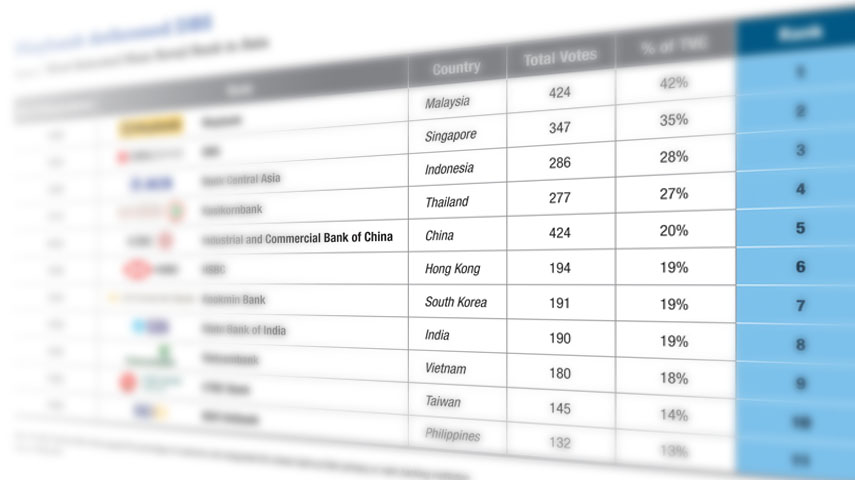
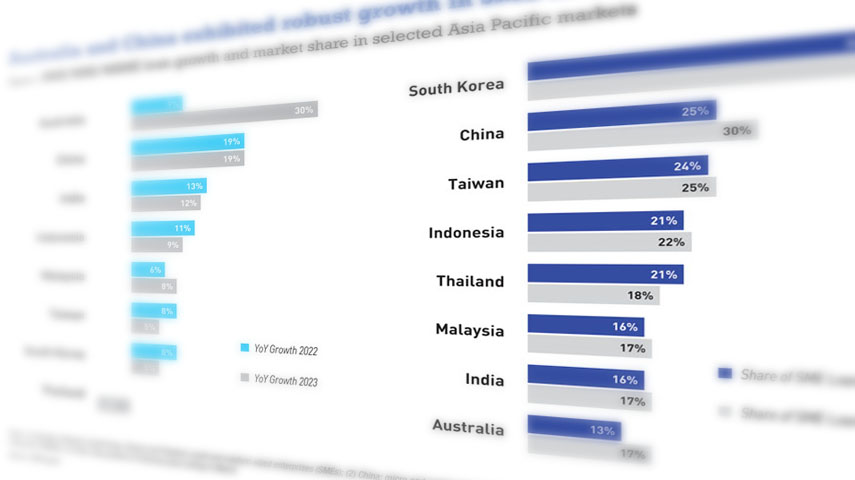
.jpg)

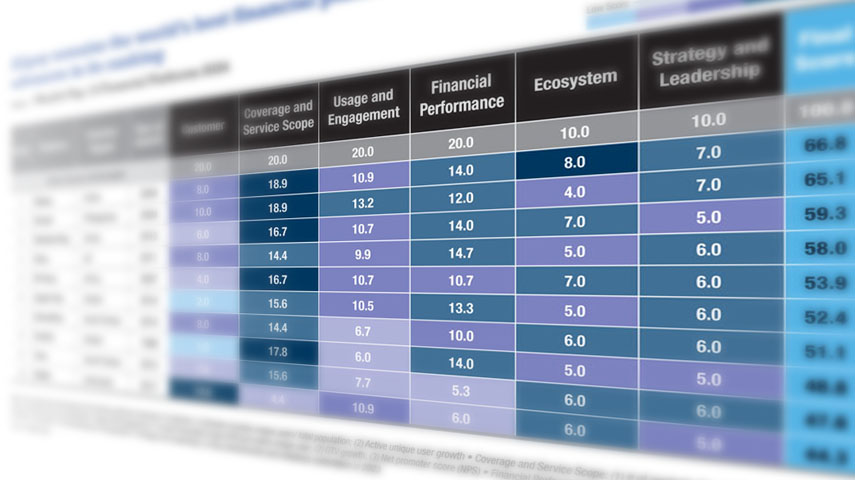
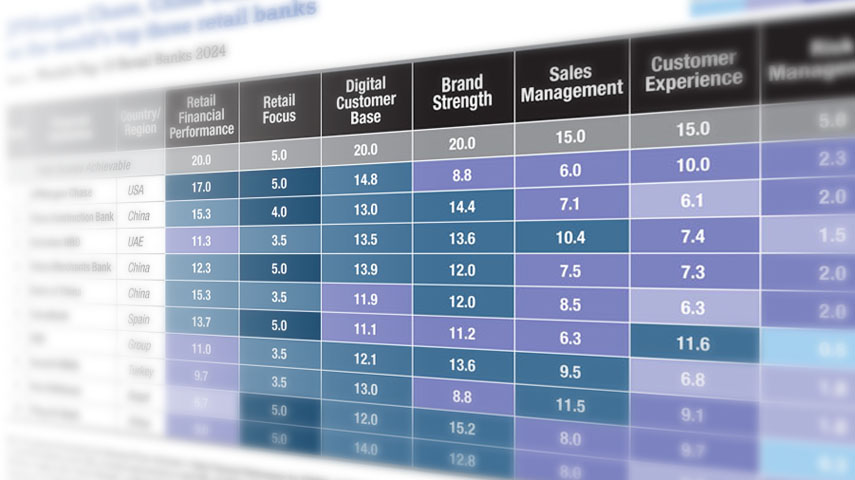
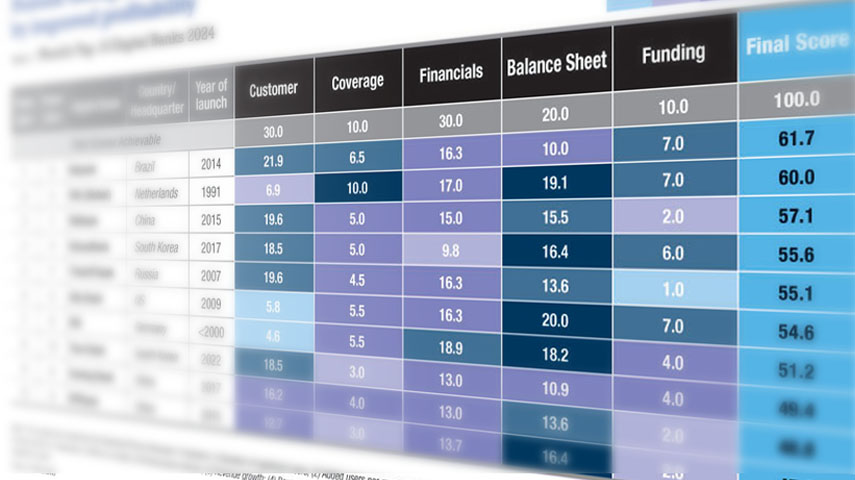
(3).webp)
